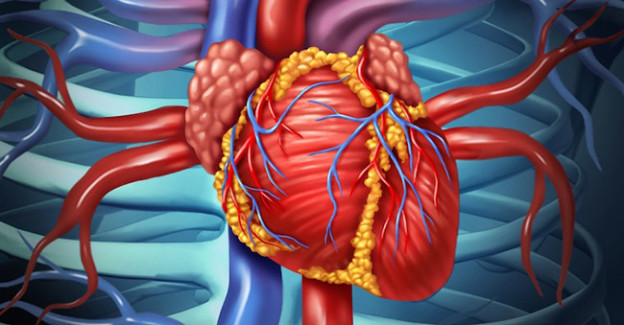SHARE WITH FRIENDS:
Infectious endocarditis is a disease characterized by damage to the heart valves and severe inflammation of the endocardial lining of the heart. The endocardium, the third outer layer of the heart wall on the outside, surrounds the heart cavity. Infectious endocarditis is one of the most difficult and difficult to diagnose diseases. If not treated in time, it can cause serious complications, make the patient very ill, and even lead to disability.
